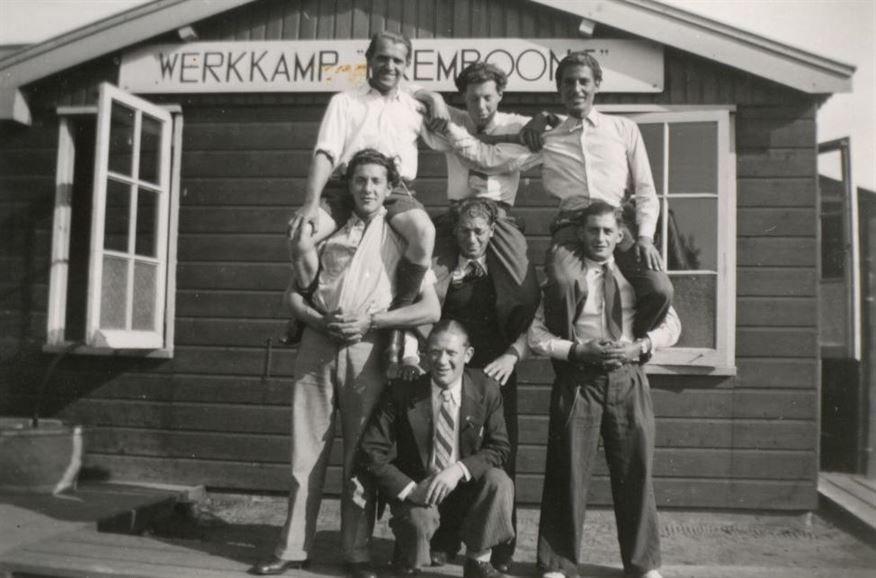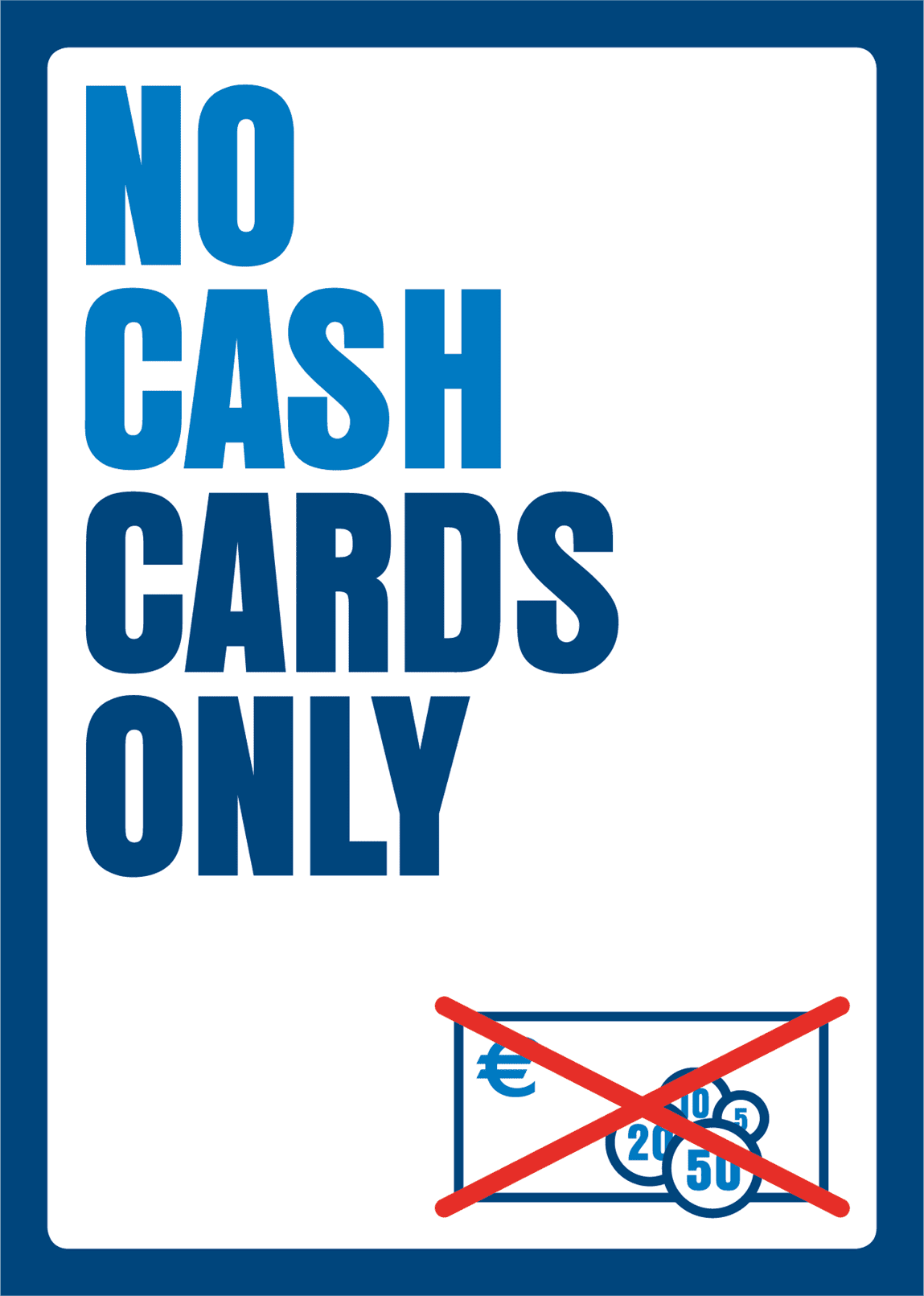Anti-Jewish Measures
During the first few weeks of the occupation, the Nazis left the Jews in peace. It was the fanatical members of the NSB (National Socialist Movement) that sped up the harassment of the Jews. But this was not all. On June 1st, 1940, Jews were banned from being members of the Air Defence Corps. Initially, this seems to be an almost harmless move, but two months later a ban on the ritual slaughtering of animals was enforced, hitting at the heart of devout Jews. This was typical of how the Nazis disguised their sanctions as decisions which were apparently humane. Gradually, the Jews in the Netherlands became separate from the rest of the population. There was a whole new series of rules and laws, and Jews were removed from cultural life. Jewish businesses came under strict scrutiny and a detailed description of what constituted ‘Jewish’ was issued.
All government workers had to sign the Ariërverklaring (declaration of Aryan descent) to say whether they were Jewish. This was followed by the dismissal of Jewish government employees. They had to leave the ministries, town halls, universities and schools. This hit the Jews very hard, as they were completely locked out of their jobs. In the Jewish neighbourhoods of Amsterdam, there were strong-arm gangs causing scuffles and fist-fights. Many non-Jewish Amsterdammers sided with their discriminated-against neighbours. The last straw was when four hundred Jewish men were arrested in a raid. On 25th February, 1941, a strike broke out. There was anger about the hunt for the Jews, bitterness about the growing poverty and general discontent amongst the working classes. A short time later, despite these protests, inmates from the prison camp in Schoorl, near Bergen, were sent on a train to the Buchenwald concentration camp. Those who survived were later sent to Mauthausen.
In the year 1941, the division between Jews and non-Jews was made much wider with a series of rigorously-applied sanctions. The sign ‘Forbidden for Jews’ appeared on the doors and gates of cafes, swimming pools, sports fields, museums, zoos, libraries, theatres, markets and many other public places. Jews had to hand over their money, and their businesses were confiscated. All associations had to expel Jewish members. In November, Jews were not even allowed to travel without permission. From 2nd May, 1942, it became compulsory for all Jews to wear a visible Star of David. The deportation of Jews from the Netherlands started not long after this. For this purpose, on 1st July, 1942, Camp Westerbork became the Polizeiliches Juden Durchgangslager (Police-supervised Jewish Transit Camp).





